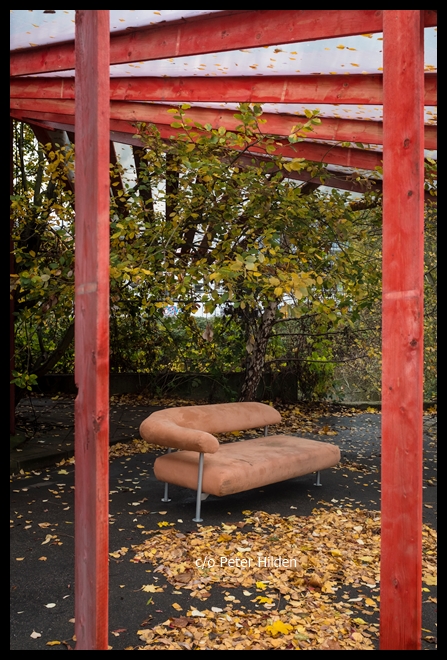
Hammerbrook, Hamburg. The district is also known by some as ‘HammerBrooklyn’.

Did you know that Hamburg has more bridges than Venice?
Photos are meant to be shared
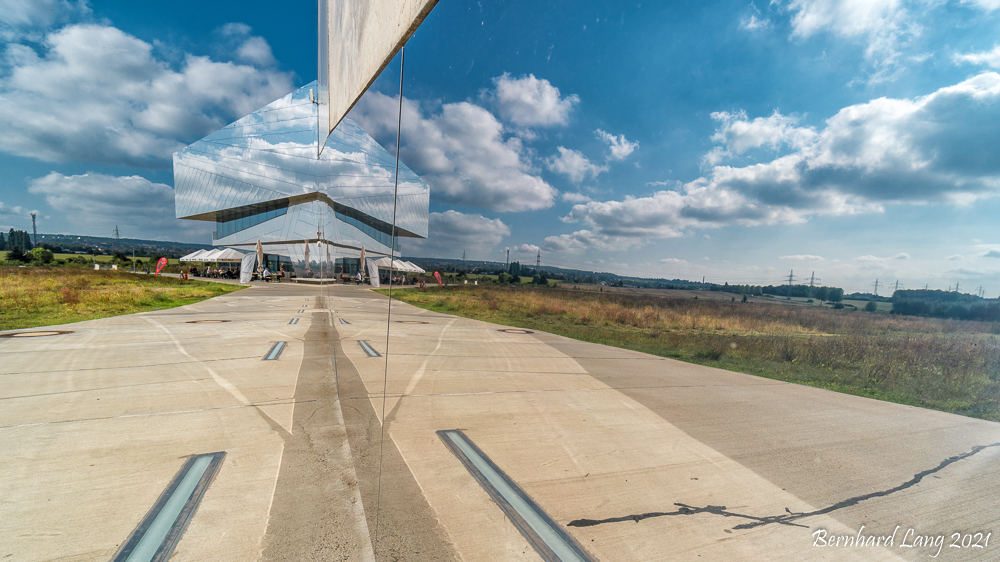

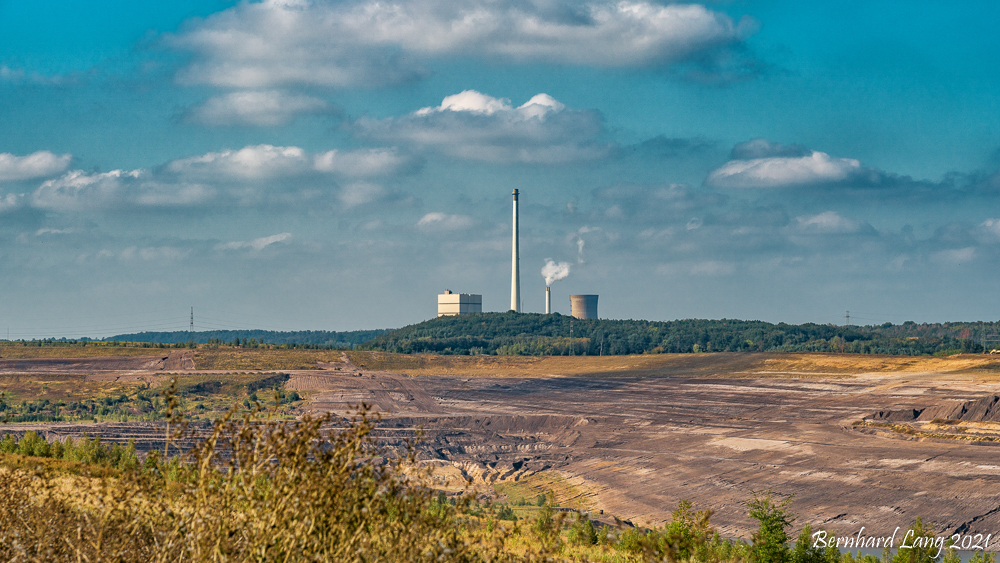
Anke und ich waren mal wieder auf Tour. Dieses Mal ging es nach Schöningen und zum in der Nähe befindlichen Forschungsmuseum Paläon. Bei Bild eins hatten wir die gleiche Idee mit der Spiegelung in der Wand, allerdings mit jeweils unterschiedlichen Brennweiten. Wir fanden es ganz reizvoll, mal beide Varianten zu zeigen. Im mittleren Bild sieht man, dass das Gebäude wie ein funkelnder Solitär mitten in der Landschaft steht. Links davon ist der alte Braunkohletagebau von Schöningen. Der Blick im unteren Bild geht vom Paläon über den Tagebau zum ehemaligen Kraftwerk Buschhaus. Der Tagebau wird zur Zeit rekultiviert. In einigen Jahren wird dort, wo heute noch ein großes Loch in der Erde ist, ein ca. 400 Hektar großer See sein.
Anke and I were once again on tour. This time we went to Schöningen and the nearby research museum Paläon. For picture one we had the same idea with the reflection in the wall, but with different focal lengths. We thought it would be nice to show both variations. In the middle picture you can see that the building stands like a sparkling solitaire in the middle of the landscape. To the left is the old open pit lignite mine of Schöningen. The view in the lower picture goes from the paleon over the open pit to the former power plant Buschhaus. The open pit mine is currently being recultivated. In a few years, where today there is still a large hole in the ground, there will be a lake of about 400 hectares.
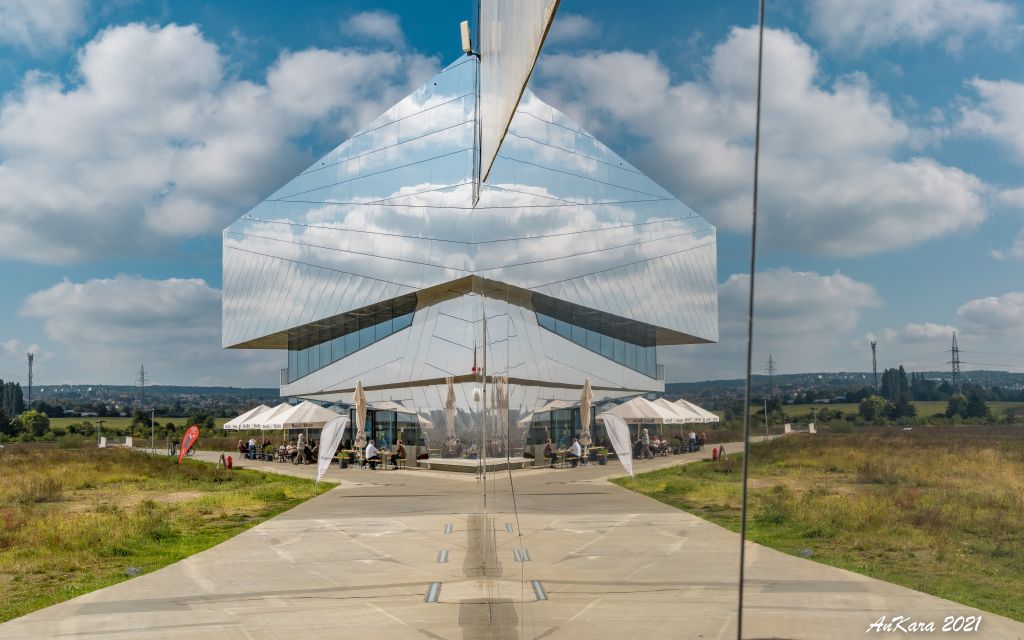
Das Paläon bei Schöningen ist ein Forschungsmuseum, in dem die ältesten Jagdwaffen der Welt zu sehen sind. Die ca. 300 000 Jahre alten Speere wurden 1994 ganz in der Nähe ausgegraben. Das futuristisch anmutende Gebäude von 2013 ist rundherum verspiegelt. Bei entsprechender Beleuchtung wirkt es wie ein funkelnder Kristall.
The Paleon near Schöningen is a research museum where the oldest hunting weapons in the world can be seen. The spears, which are about 300,000 years old, were excavated nearby in 1994. The futuristic-looking building from 2013 is mirrored all around. With the right lighting, it looks like a sparkling crystal.

The steam engine is synonymous with the great times of railroads. In Germany, the last regular steam trains disappeared in 1977. However, still today, special steam trains attract a big number of enthusiasts. About every second year, the transport authority of the German state of Rhineland – Palatinate organizes a steam event to make publicity for their public transport services. The last one took place in 2018. Steam enthusiasts came from as far away as the United States and Japan to watch the engines riding trains in a schedule not much slower than the contemporary, modern trains. Here are some of the participants.
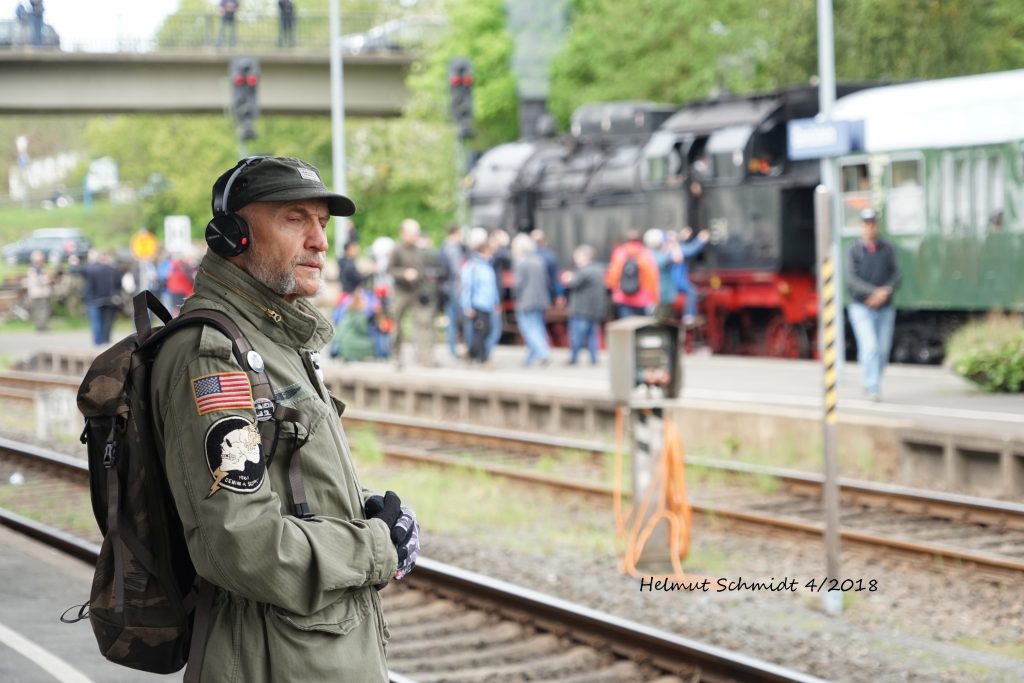
An American guest and a Prussian steam engine built before WWI
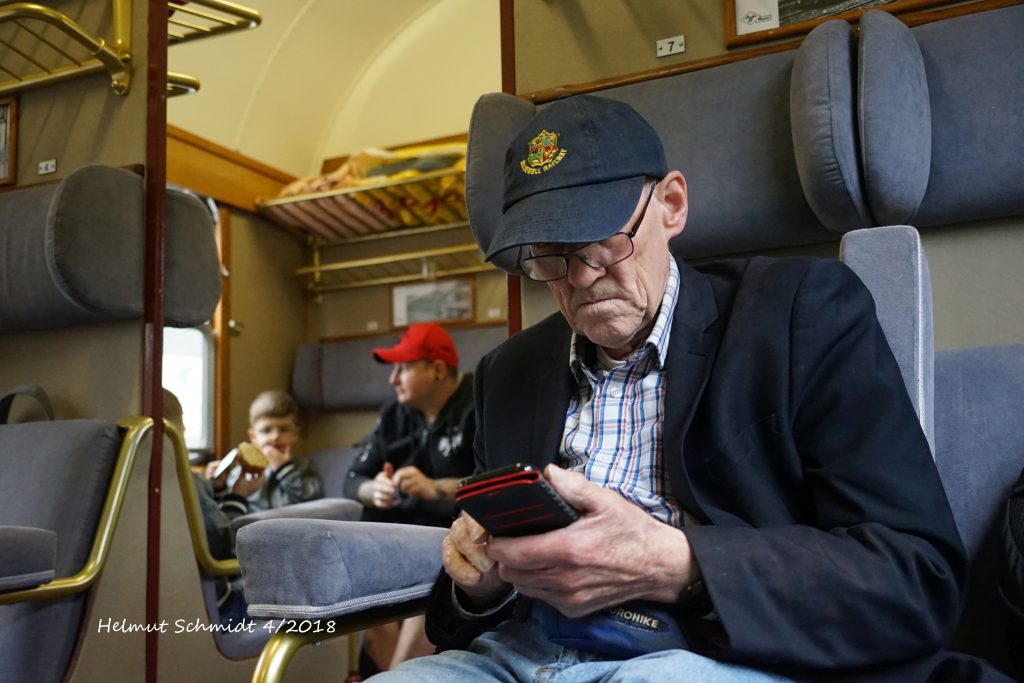
An English fan in a typical 1960’s coach
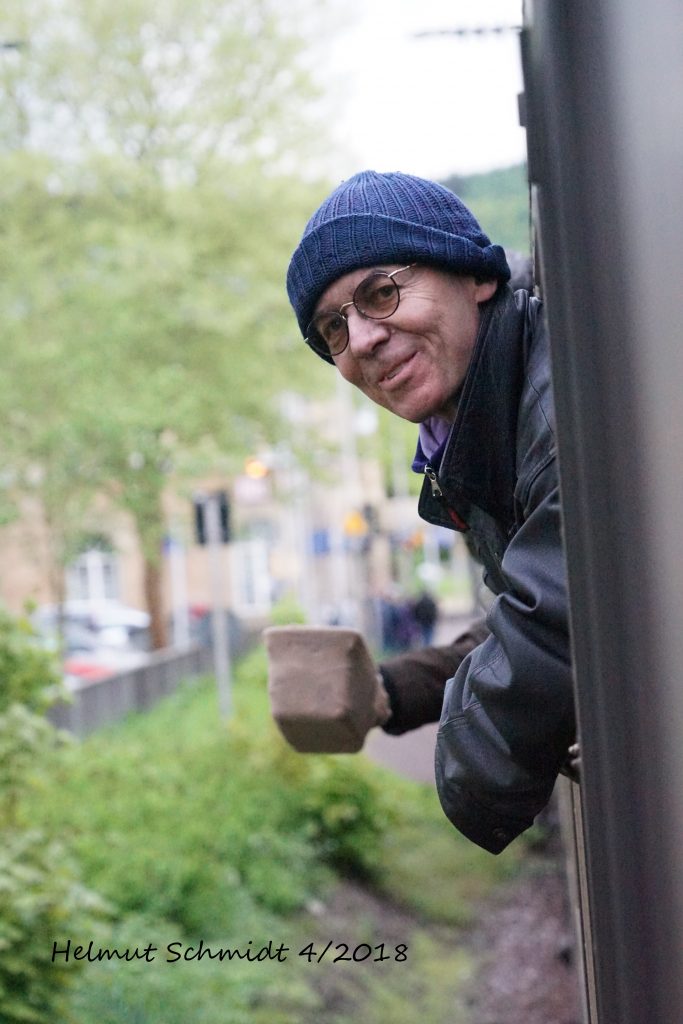
Sound recording of the working engine
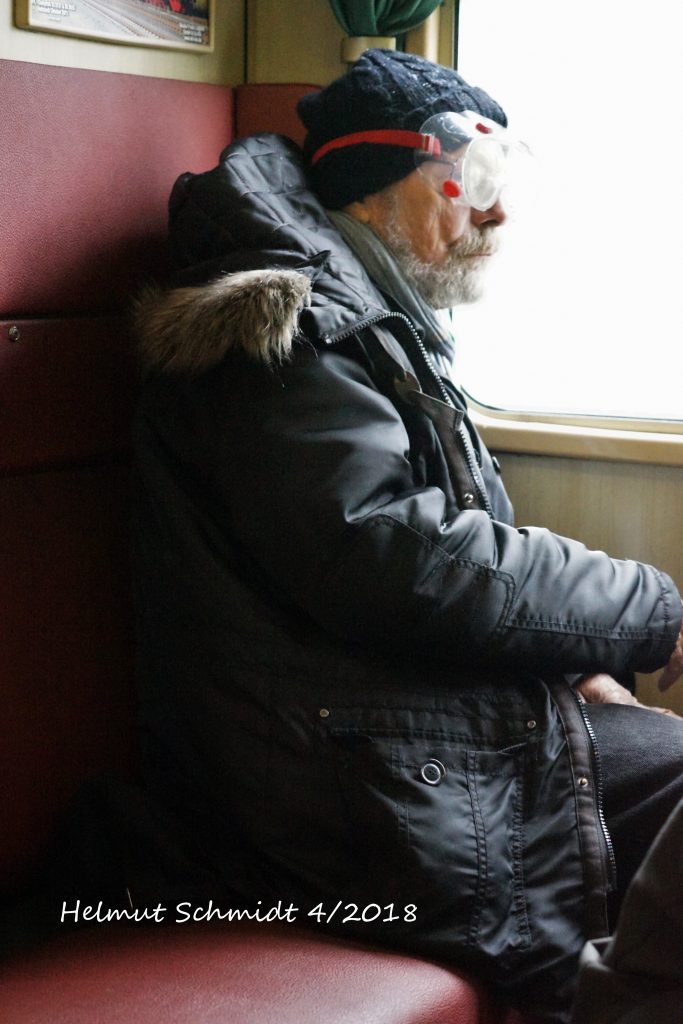
The use of goggles is essential for the steam enthusiast. Without, there is a big chance to get hot cinders from the engine’s exhaust into the eyes

The main idea of the event is to attract people who usually would not see the inside of a train. For many children, it is the chance the have a glimpse into the past. In the background a 2-10-0 class 42 engine built during the WWII in big numbers. It is the only operational steam engine of the state railway of Luxemburg.
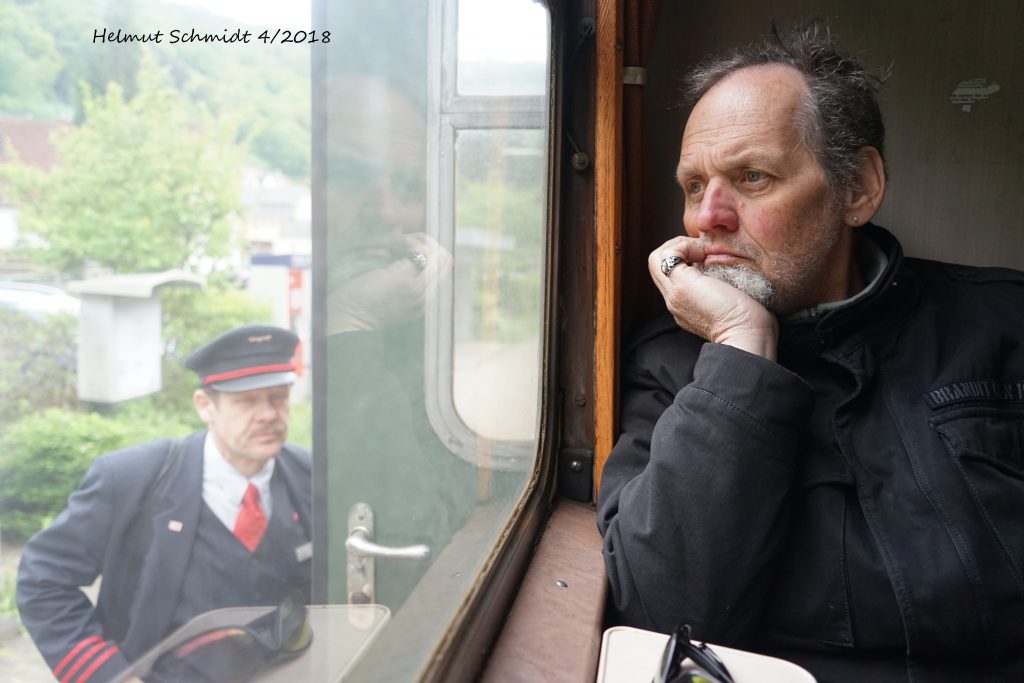
Another image from my trip to the Japanese Gardens in Fresno’s Woodward Park. I couldn’t decide between black and white and the very vibrant green, so you get both.

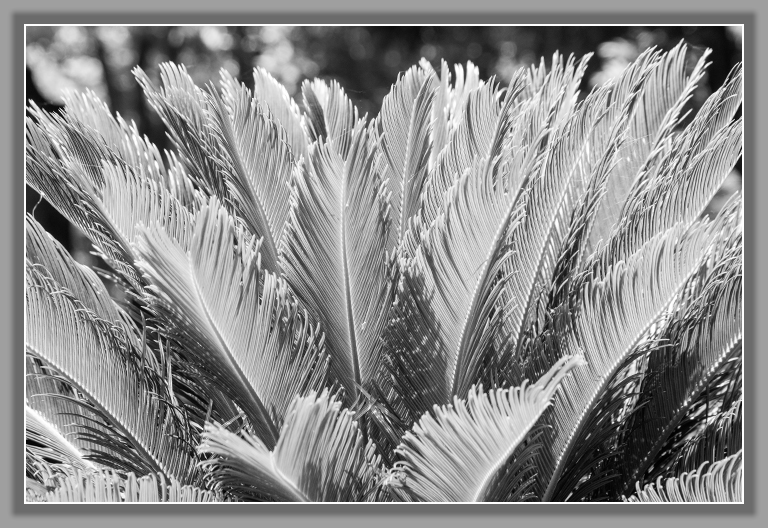
Ein weiteres Bild von meiner Reise zu den Japanischen Gärten in Fresnos Woodward Park. Ich konnte mich nicht zwischen Schwarz und Weiß und dem sehr kräftigen Grün entscheiden, also bekommst du beides.